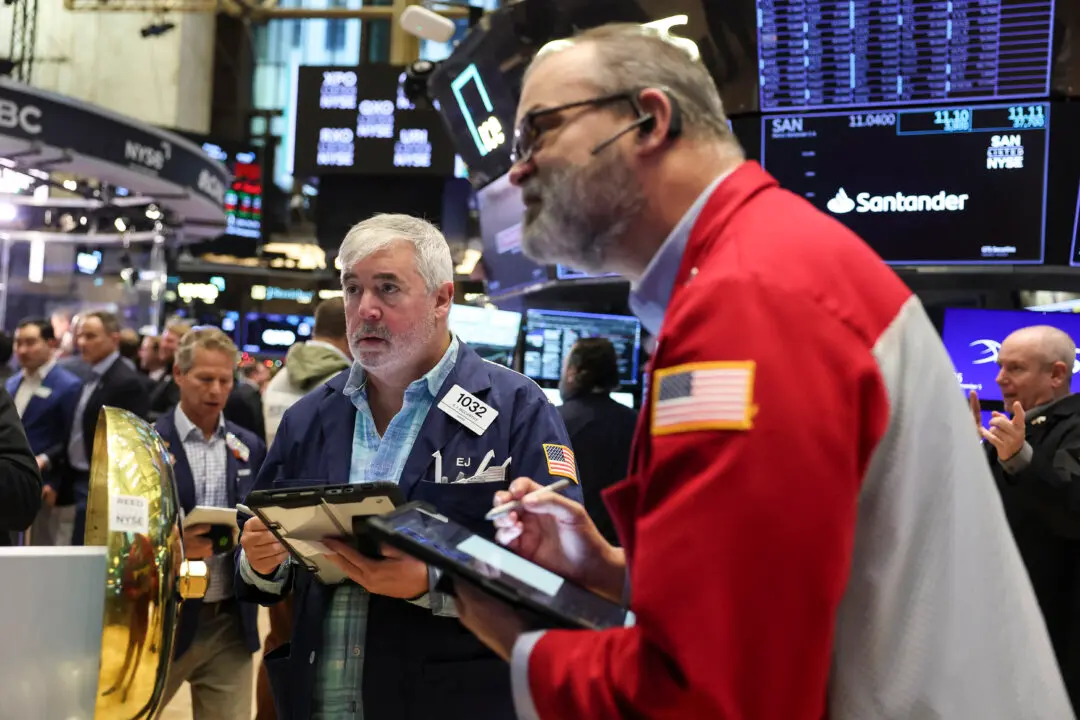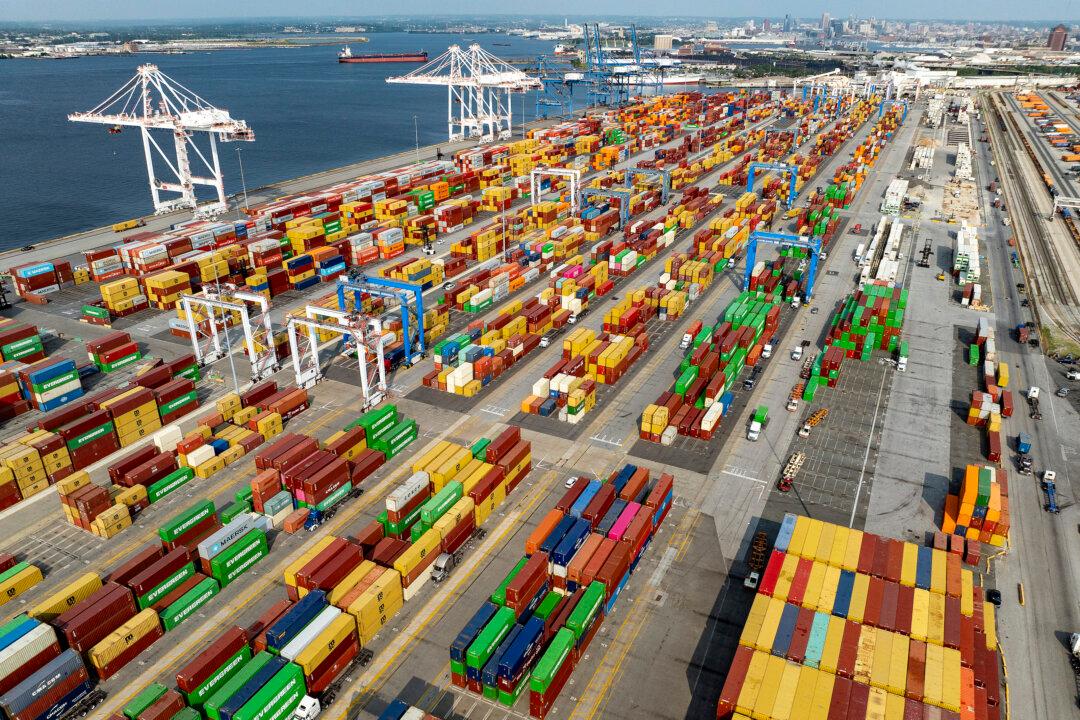Last week, emerging markets experienced the highest outflows since September 2015. Even the Chinese market and its currency have completely roundtripped from the January highs.
The reason: Emerging markets, according to the Bank of International Settlement, have more than doubled their debt issued in U.S. dollars in the past decade, reaching an all-time high of $7 trillion including derivatives.





